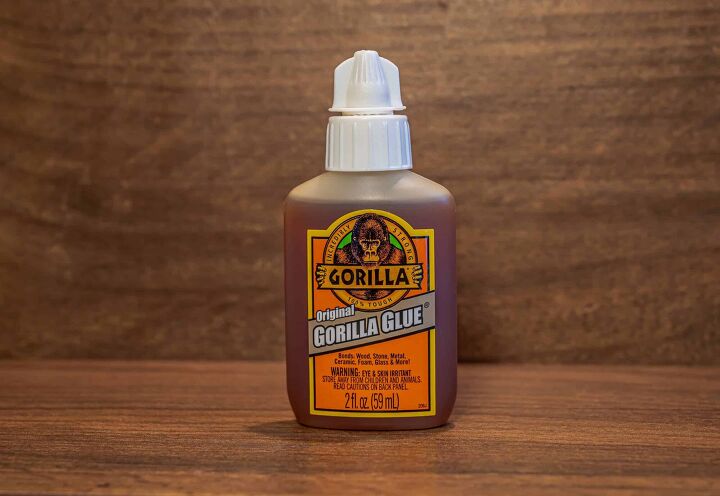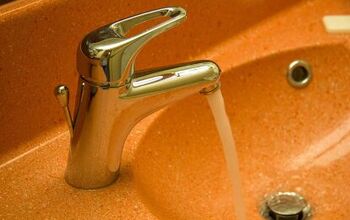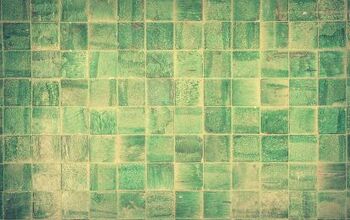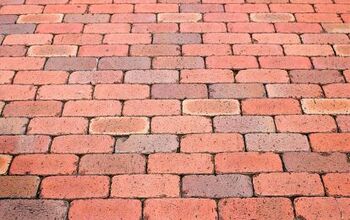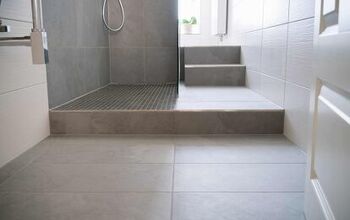How To Remove Gorilla Glue (Easy Step-By-Step Guide)

Gorilla Glue is one of the most useful substances known to man when it comes to fixing things, including things like loose furniture. Unfortunately, it also has a really sticky, gooey consistency that magically seems to get into every nook and cranny imaginable. Most people out there have wondered if there’s a way to remove excess Gorilla Glue from surfaces. Thankfully, there is.
There are two common methods used to remove Gorilla Glue from your surfaces. The most common is to use acetone to dissolve the chemicals that bond and stick to things. The other option is to get the glue off using Goo Gone, plus some soapy water.
If you over-glued your last project and just need to tidy things up, chances are high that you are looking for a way to get rid of Gorilla Glue and it’s super-sticky residue. Don’t worry, we decided to dig up the truth on what works for this sometimes useful, sometimes aggravating glue.
What Are The Best Tools To Remove Gorilla Glue?
This answer to this question is actually surprisingly simple, and relies on what you’re trying to remove the glue from. With most surfaces, the best tool to use is acetone, like the stuff that’s found in nail polish remover. If you’re working with glue that’s stuck on your hands, you can usually get it off with Goo Gone, followed up with regular hand-washing.
Knowing how to use those tools matters just as much as using the right stuff. Here’s how you can make the most of these tools and get the Gorilla Glue off without having to worry about serious damage to your project…
Using Acetone To Get Rid Of Gorilla Glue
If you ask most people in the DIY scene, acetone will be the go-to chemical to make your Gorilla Glue problems go away. Acetone eats away at the binds that make this glue so darn sticky and so residue-prone. Here’s how to use it the right way:
- Soak a rag in acetone and place it on the glued area. Conversely, you can just soak the affected area with acetone.
- Leave it to soak for a couple of seconds. You don’t want to have it sit for ages if you don’t have much glue there. 30 seconds is usually enough.
- Use the rag to scrub away the excess residue. Before you start scrubbing, make sure that the glue is pliable by using a fingernail to test if the glue has any “budge.”
- Once everything is scrubbed off, dry your surface with a paper towel. Ta da! Now you have a glue-free surface.
Using Goo Gone To Get Rid Of Gorilla Glue
If you are dealing with glue that’s covered your hands, soaking them in acetone could work, but it could also dry out your skin. To prevent this, you can pick up a bottle of Goo Gone. Oh, and this method also works relatively well on other surfaces that don’t bode well with acetone! Here’s the scoop on the how-to:
- First, apply Goo Gone to your hands (or other surface). You won’t need too much to make the glue pliable.
- Wiggle your fingers until the glue gets loose, then scrub using a rag. If you are working with another surface, just scrub it with a rag that’s covered with Goo Gone.
- Rinse using soapy water. You may need to scrub with a separate washcloth at this step. Warm water tends to work best.
- Dry your hands using a towel. By the end of this quick routine, your hands (or surface) should be free of Gorilla Glue.
Removing Gorilla Glue from Skin
While Gorilla Glue is great for various projects, it is not so great on your skin. Fortunately, the formula is designed to break down using the right combination of solvents and a little elbow grease. While you can use Goo Gone on your hands, the most effective method involves using acetone.
First, since Gorilla Glue dries fast you can make cleanup quicker by having paper towels and a clean rag on-hand. While the glue is wet, attempt to wipe up as much of the glue residue as you can. Then, wash away the rest using cold, soapy water. In some cases, scrubbing thoroughly is enough to remove the glue.
If you still have some Gorilla Glue remaining on your skin, grab some acetone. Acetone, and acetone-based nail polish remover, are great for removing a number of chemicals with minimal risk to your skin. Soak the affected area in acetone for a few minutes and once you’ve removed the majority, use an abrasive to take off the rest.
You can use either a mixture of sea salt and oil, or an exfoliating beauty tool. These abrasives will help to exfoliate the skin, getting rid of any remaining Gorilla Glue.
NOTE: If your fingers are stuck together with Gorilla Glue, the removal process becomes a little more complicated. NEVER try to force your fingers apart, as you could easily tear off your skin. Instead, place your fingers in acetone and attempt to free them apart naturally. Eventually, the glue will soften enough and your fingers will come apart on their own.
When Should You Call A Specialist?
Most surfaces are able to withstand Goo Gone or acetone, especially when you’re dealing with something like plastic or foam. However, not all surfaces will be able to handle Gorilla Glue residue removal. There are specific times when you may need to call a specialist, or even just back away from it altogether.
The biggest “red flag” material that you should be aware of is clothing and textiles. Most clothes will get damaged if they are exposed to acetone or Goo Gone. This is especially true if you’re talking about clothing made of natural fibers like silk or wool. If you end up spilling Gorilla Glue on your clothing or floor, do not try to fix things yourself.
A better option would be to call up a laundromat that specializes in tough stains. If you dropped Gorilla Glue on your carpet, the smart route would be to yell a bunch of swearwords, walk over to your phone, and call up a specialty cleaning crew. With some professional help, you might be able to get the glue out of your stuff without it getting damaged.
How To Prevent Damage From Gorilla Glue Removal
If you’re like many DIY enthusiasts, you don’t want to see your hard work marred by a bad glue removal job. The good news is that there are ways to avoid having lasting damage. These tips below can help:
- Always do a spot test to see if acetone damages your item. If you already know acetone could hurt your item, forgo it and try to scrape off the glue or use Goo Gone instead. Spot tests should be performed in areas where you can’t easily see any damage.
- Remember that gentle is the key to success. You don’t have to scrub too hard to make the glue go away once the bonds are broken. If anything, just let the glue’s bonds soak in for a while longer. That alone can make a huge difference.
- Remove spills immediately. The best way to prevent long term damage is to wipe things down with a damp cloth as soon as you notice the spill. Waiting for it to dry will only make things worse for you as well as the object that you’re trying to clean up.
- Only glue items over a surface that is meant for craftwork. A little common sense goes a long way. Trying to glue something over your great grandmother’s fine china, for example, could end up damaging the china if the glue gets spilled. Trying to glue something over a craft mat or a paper towel, on the other hand, won’t harm anything important if glue gets spilled.
Our Final Take
Gorilla Glue is a popular DIY and craft tool because it sticks to everything. Normally, this is a great thing. That’s why it can be used to fix a pallet wall, seal shoes, or to work with model airplanes. Unfortunately, there are moments where that stickiness can become too annoying to deal with. If you need to get rid of Gorilla Glue, you should expect to have some acetone or Goo Gone to undo the sticky bonds.
Though there are a bunch of ways to remove glue, there are certain things that should be handled professionally. Clothing and upholstery, for example, tend to fit that bill. Of course, the best way to avoid having to remove Gorilla Glue from items is to make a point of preventing spills on important stuff. So, keep your workspace clean and clear. Use a craft mat, and you’ll find your crafting life will be a lot easier.
Related Questions
How long does Gorilla Glue take to dry?
After application, Gorilla Glue starts to dry almost immediately. A tiny spot of the glue can dry in mere minutes. On porous surfaces, the glue will soak in and dry in about 10 to 15 minutes.
What dissolves Gorilla Glue?
A variety of solvents can be used to dissolve Gorilla Glue. Soapy water often works great on skin, but this doesn’t always work on other surfaces since it is designed to be waterproof. With that said, acetone is one the best and easiest solvents. Otherwise, you can try paint thinner, or rubbing alcohol (isopropyl).

Ossiana Tepfenhart is an expert writer, focusing on interior design and general home tips. Writing is her life, and it's what she does best. Her interests include art and real estate investments.
More by Ossiana Tepfenhart



